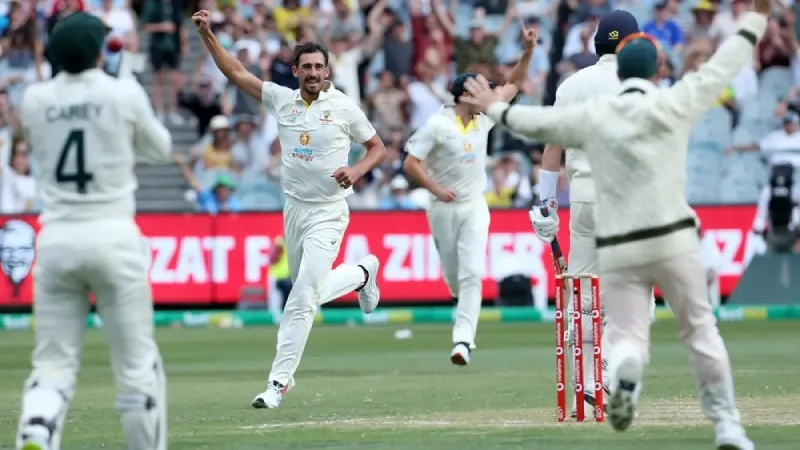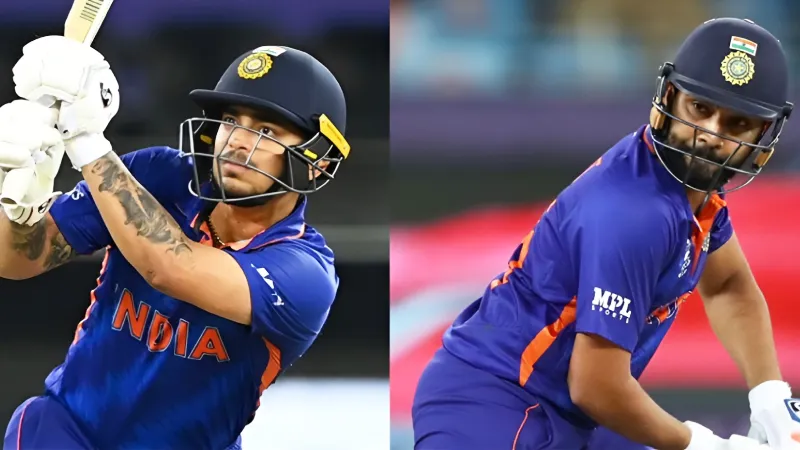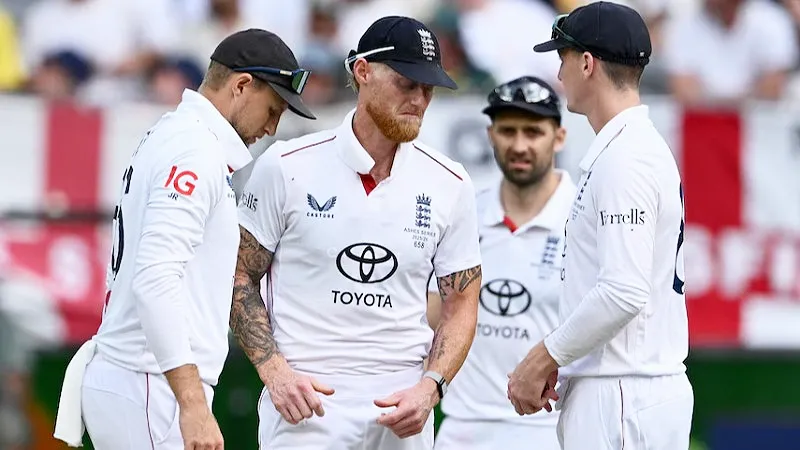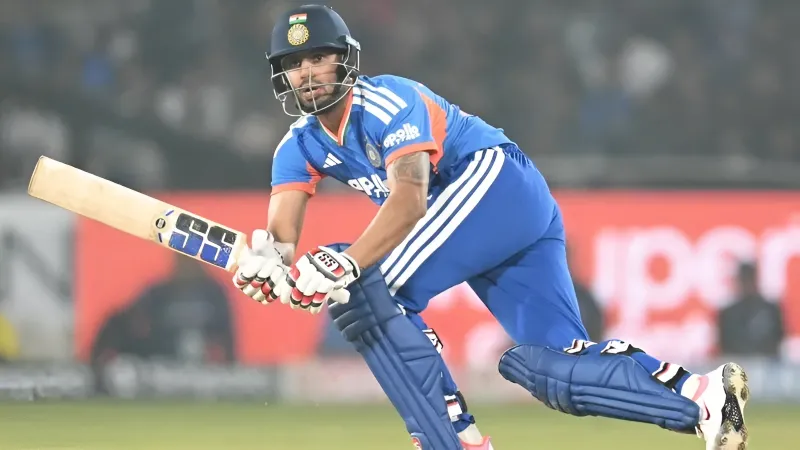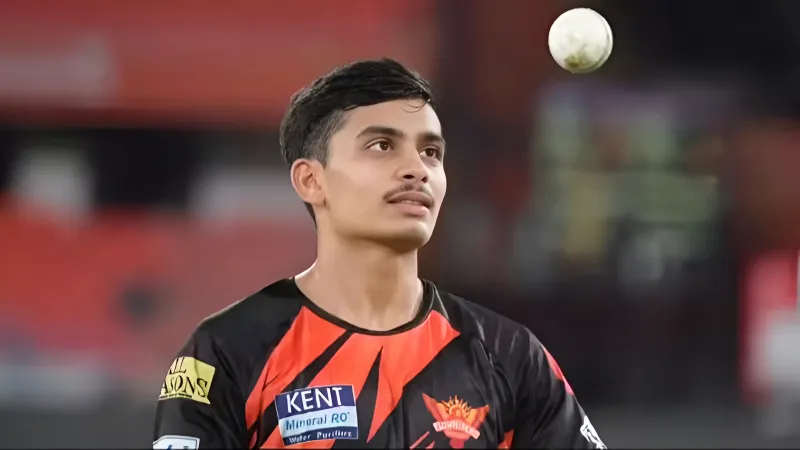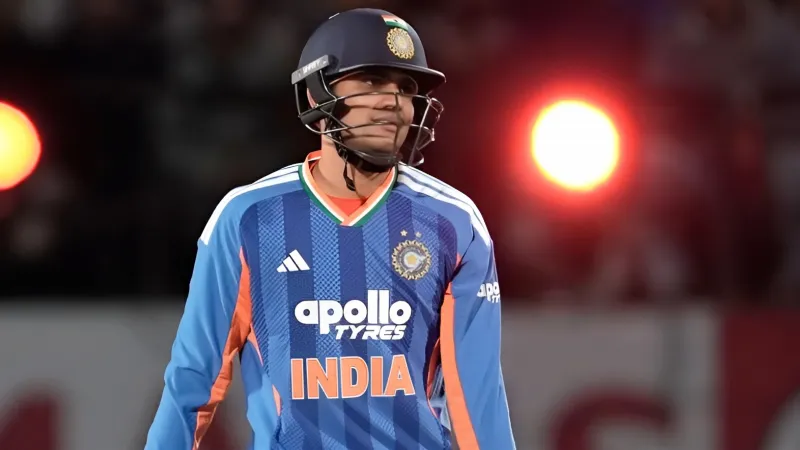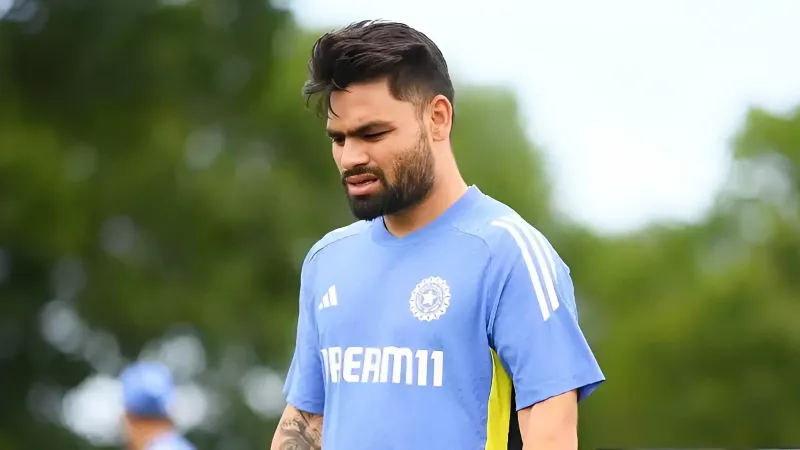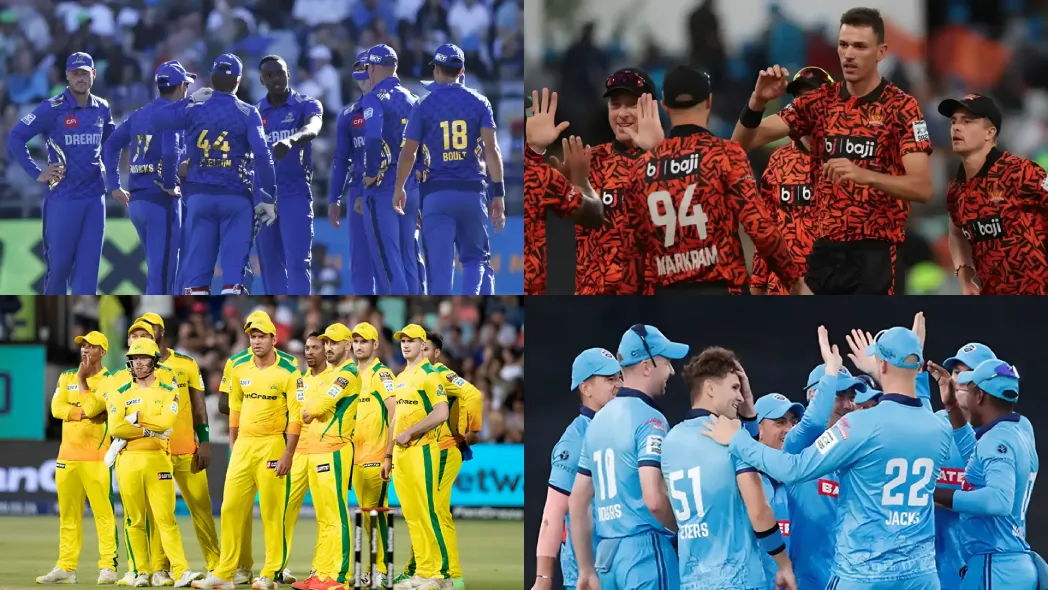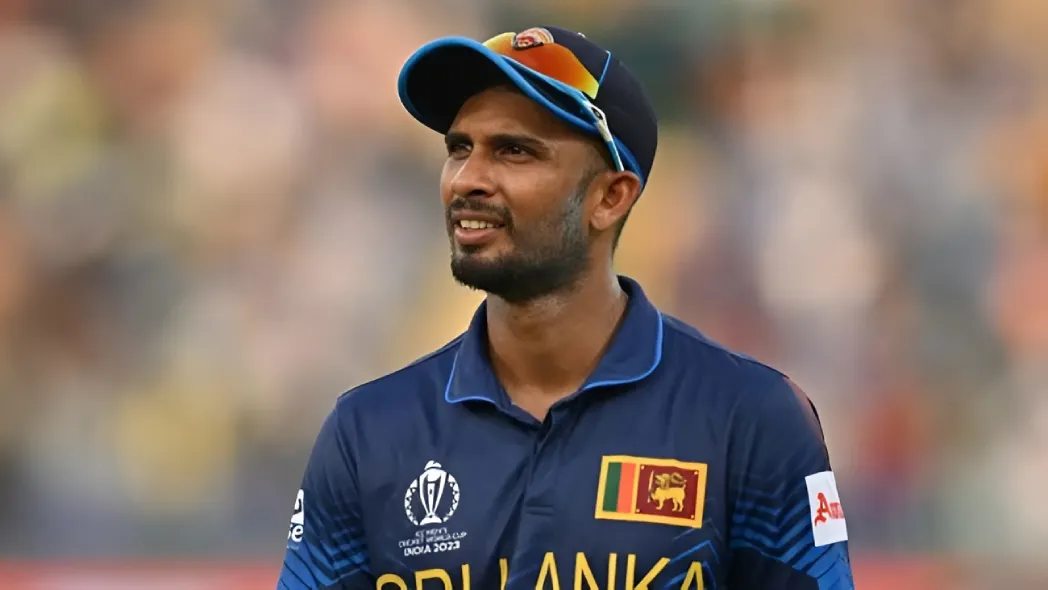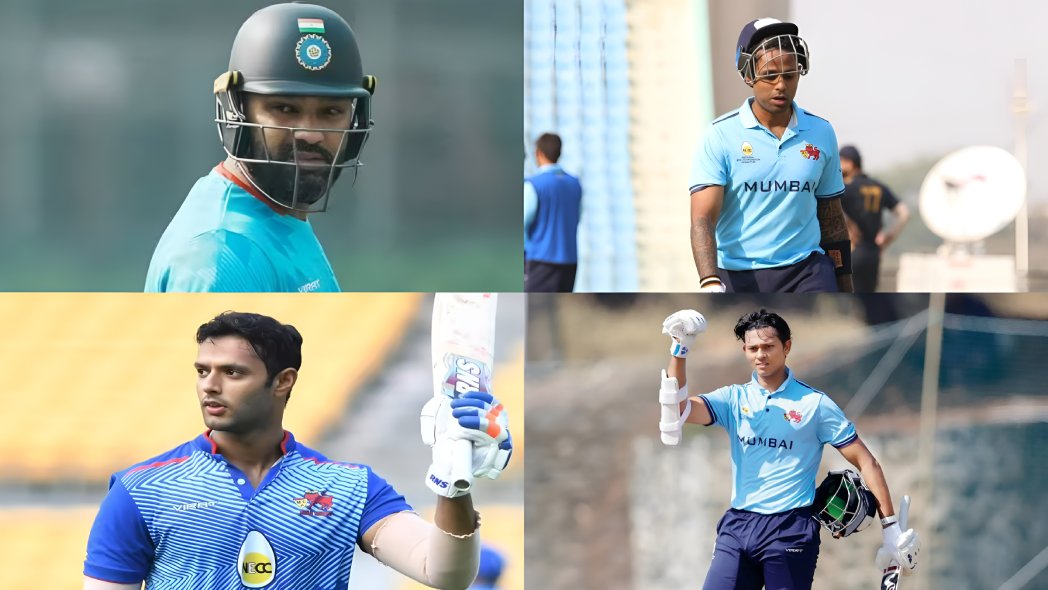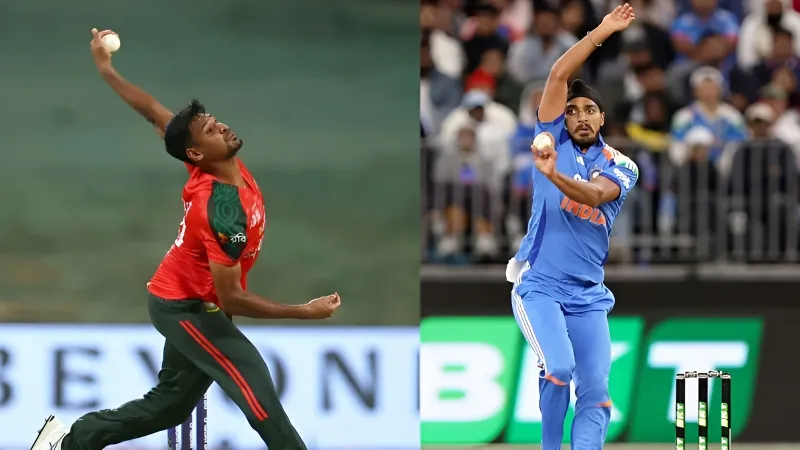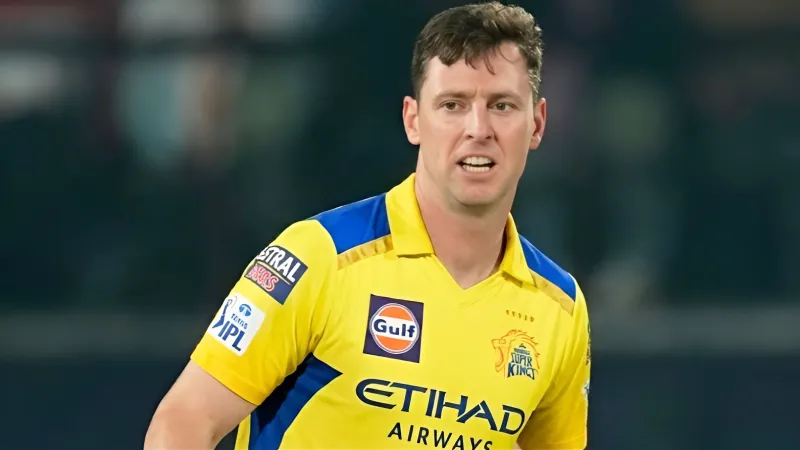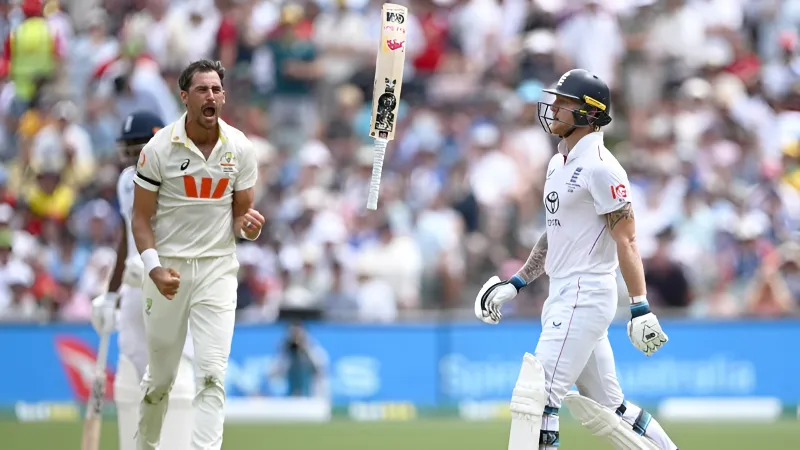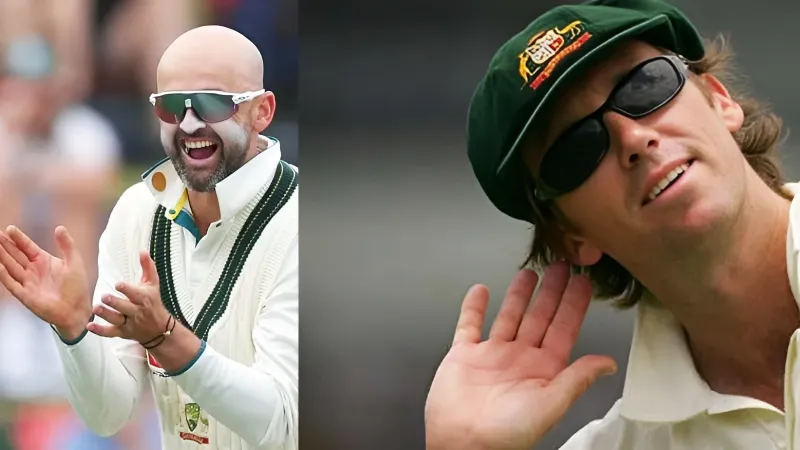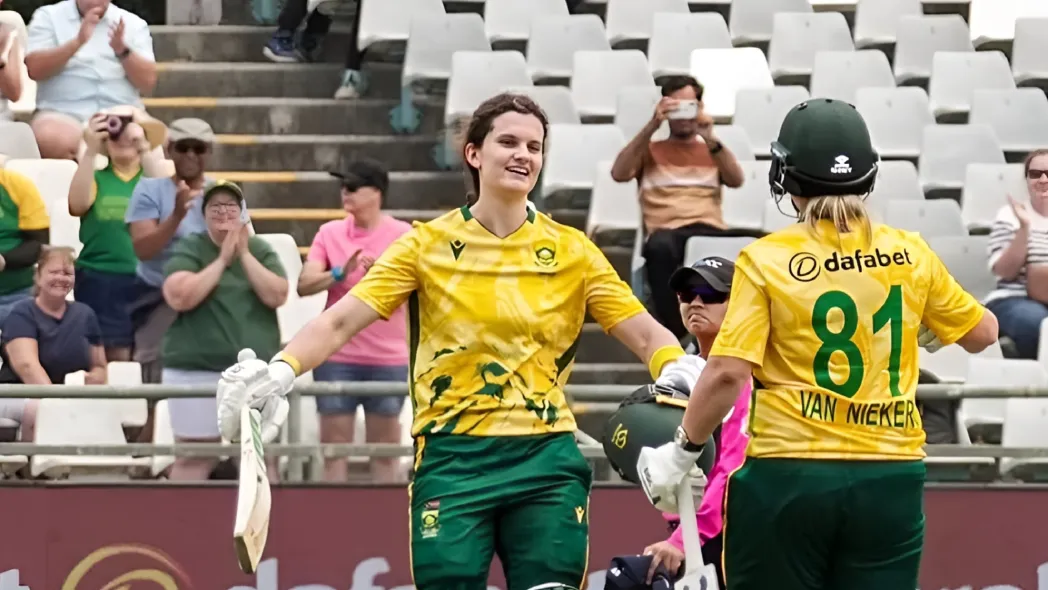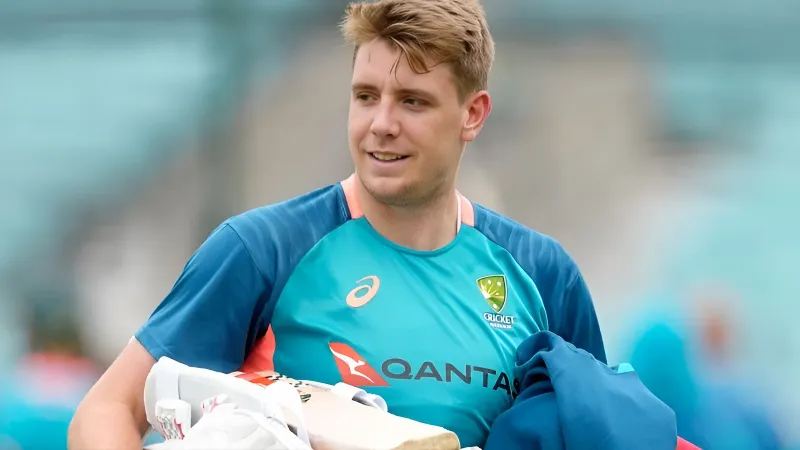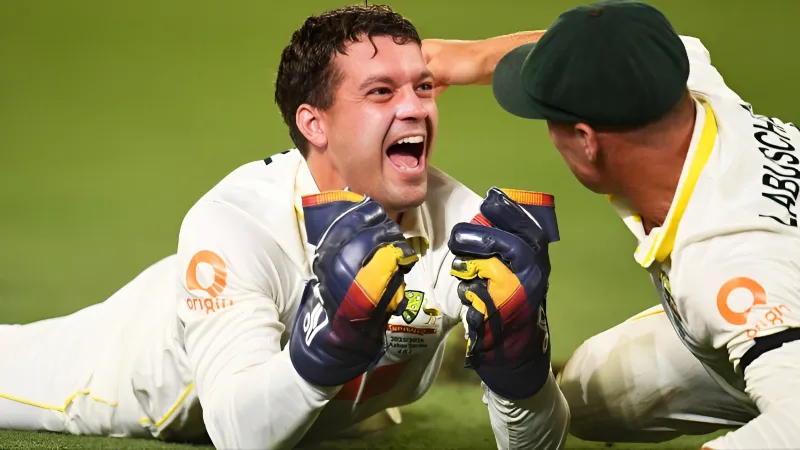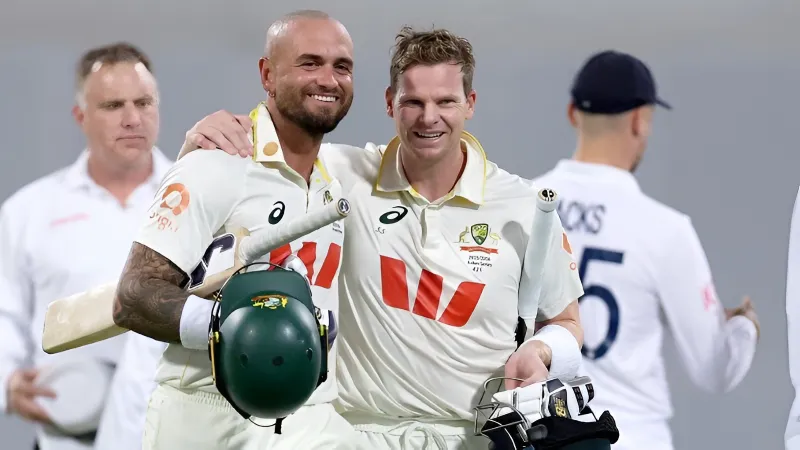Every Ashes summer comes with a hint of theatre, but this time Australia has slipped in a plot twist early. Jake Weatherald, yes, the 31-year-old who’s spent years grinding away in Shield cricket, has suddenly found himself in a 15-man Ashes squad. Not as injury cover, not as a warm-up match tourist, but genuinely in contention to open the batting for Australia. It’s the sort of late-career lifeline that makes domestic purists nod in satisfaction.
Form Over Future in Australia’s Opening Debate
For years, Australia’s selection philosophy has tiptoed between grooming the next generation and rewarding hard domestic evidence. Weatherald’s inclusion tilts the pendulum. Tasmania’s left-hander has been the most consistent Shield opener for two seasons, and his 2023-24 run tally dwarfed every other contender. With Khawaja immovable at one end, the question is simple: does Australia want a like-for-like accumulator, or someone who can blunt the England new ball with counterpunching intent? Weatherald’s scoring rate in Shield cricket has historically been brisk without being reckless hints at the latter.
Konstas’ Omission Shows the Ruthless Edge
Cricket adores prodigies; however, prodigies do not always appreciate playing in Test match conditions. For Australian cricketer Sam Konstas, this Caribbean tour has been a tough ride: six innings, 50 runs, two ducks, and numerous technical concerns about the future. Although at age 20, Sam’s natural talent is still widely accepted, it seems Australia feels that there are better places than the Ashes cauldron to allow a young player to develop or ‘reboot’. Rather than putting pressure on him to develop in the high-pressure environment of Test cricket, Australia has decided to put him back into domestic cricket to allow him time to recalibrate and protect both the balance of the team and the young player’s confidence.
Bowling Attack Rebuilt Around Old Reliability
When Pat Cummins misses a Test, Australia loses not just overs, but aura. His stress injury means the Perth opener belongs to the experienced left-arm/right-arm duo of Starc and Hazlewood, with Scott Boland stepping into the enforcer role. Boland in Perth will be fascinating; his accuracy is unquestioned, but the bounce and pace may force him to adjust from his MCG-friendly method. Nathan Lyon stands alone as the spinner, again proving Australia sees no need to experiment when the formula has worked for a decade.
Steve Smith’s Second Chance at Leadership
Smith’s captaincy return always feels like a complicated chapter, but here it’s strictly functional. He steps in because Australia needs calm decision-making while Cummins heals. Yet it also reopens the conversation: does a Smith-led side instinctively play more aggressively? His field settings, bowling changes, and match tempo will be scrutinised far more than a normal stand-in stint, especially since the match begins on November 21, giving almost no adjustment period.
The All-Rounder Equation Quietly Shapes the XI
Cameron Green and Beau Webster might be Australia’s most underrated pairing of the moment. Green provides the high-ceiling option; Webster offers the multi-skill profile that selectors adore, batting depth, seam overs, and unusual height. Their presence subtly frees up XI composition, particularly in a Cummins-less attack that may require tactical cushioning.
Australia’s first Test squad isn’t a radical overhaul, but it is undeniably a recalibration. Weatherald symbolizes the return of meritocracy. The bowling group signals trust in continuity. And Smith’s captaincy marks a short-term necessity with long-term implications.
But the bigger question is this: does this squad represent stability or transition? If Weatherald fires, Green grows, and Boland thrives, Australia may emerge stronger than they were with its previous, more predictable combinations. If not, Perth could expose selection gaps brutally. For now, the squad reads like a bet not reckless, not conservative, but calculated. The kind of bet that has defined many of Australia’s great Test eras.
Key Takeaway
Australia’s Ashes prep isn’t about reinventing, it’s about rewarding reliability at the right moment.
FAQs
-
Why was Jake Weatherald selected for the Ashes squad?
Because he dominated the Sheffield Shield last season with 906 runs at 50.33, making him the form opener.
-
Why was Sam Konstas dropped?
His poor West Indies tour (50 runs in six innings) raised technical concerns, prompting selectors to give him time away from Test pressure.
-
Who replaces Pat Cummins in the first Test?
Scott Boland joins Starc and Hazlewood in a Cummins-less attack, with Smith captaining the side.
Disclaimer: This blog post reflects the author’s personal insights and analysis. Readers are encouraged to consider the perspectives shared and draw their own conclusions.
Step into the world of cricket with JeetBuzz News—where expert opinions, trending Blogs, and behind-the-scenes insights meet all your favorite topics. Stay informed, stay entertained, and never miss the stories shaping the cricketing world—only on JeetBuzz News!

